Rising Healthcare Expenditure
Rising healthcare expenditure is a critical driver for the Thoracic Outlet Syndrome Market. As countries allocate more resources to healthcare, there is an increased focus on specialized treatments for conditions like TOS. This trend is evident in various regions, where healthcare budgets are expanding to accommodate advanced therapies and surgical interventions. Increased funding for research and development in the field of TOS is likely to lead to innovative treatment options, thereby enhancing patient outcomes. Furthermore, as healthcare systems evolve, the emphasis on comprehensive care for chronic conditions, including TOS, is expected to grow. This shift may result in a more robust market for TOS therapies, reflecting the broader trend of prioritizing patient-centered care in the Thoracic Outlet Syndrome Market.
Advancements in Diagnostic Techniques
Advancements in diagnostic techniques are significantly influencing the Thoracic Outlet Syndrome Market. Enhanced imaging modalities, such as MRI and ultrasound, allow for more accurate identification of TOS, facilitating timely intervention. The integration of these technologies into clinical practice has improved the ability to differentiate TOS from other similar conditions, which is crucial for effective treatment planning. As diagnostic accuracy improves, the number of diagnosed cases is expected to increase, thereby driving demand for therapeutic solutions. Furthermore, the development of non-invasive diagnostic tools may lead to earlier detection and management of TOS, potentially transforming the landscape of the Thoracic Outlet Syndrome Market. This trend underscores the importance of innovation in diagnostics as a catalyst for market growth.
Growing Demand for Minimally Invasive Procedures
The growing demand for minimally invasive procedures is reshaping the Thoracic Outlet Syndrome Market. Patients increasingly prefer treatments that offer reduced recovery times and lower risks of complications. Minimally invasive surgical techniques, such as endoscopic thoracic outlet decompression, are gaining traction due to their effectiveness and patient satisfaction. Market data indicates that the adoption of these procedures is on the rise, with a projected increase in their utilization over the next few years. This shift towards less invasive options is likely to drive innovation in surgical techniques and devices, further enhancing the Thoracic Outlet Syndrome Market. As healthcare providers adapt to patient preferences, the market may witness a surge in the development of new technologies aimed at improving surgical outcomes.
Increasing Incidence of Thoracic Outlet Syndrome
The rising incidence of Thoracic Outlet Syndrome Market (TOS) is a notable driver for the Thoracic Outlet Syndrome Market. Factors such as sedentary lifestyles, repetitive overhead activities, and increased participation in sports contribute to the growing prevalence of this condition. Recent estimates suggest that TOS affects approximately 8 to 10 individuals per 100,000 people annually. This increasing incidence necessitates enhanced diagnostic and therapeutic options, thereby propelling market growth. As healthcare providers become more aware of TOS, the demand for effective treatment modalities is likely to rise, further stimulating the Thoracic Outlet Syndrome Market. The need for comprehensive management strategies, including physical therapy and surgical interventions, is becoming more pronounced, indicating a potential expansion in market offerings.
Enhanced Patient Education and Awareness Programs
Enhanced patient education and awareness programs are playing a pivotal role in the Thoracic Outlet Syndrome Market. As awareness of TOS increases, more individuals are seeking medical advice for symptoms that may have previously gone unrecognized. Educational initiatives aimed at both healthcare professionals and the public are crucial in promoting early diagnosis and treatment. This growing awareness is likely to lead to an increase in the number of diagnosed cases, thereby driving demand for therapeutic options. Additionally, as patients become more informed about their condition, they may actively seek out specialized care, further stimulating the Thoracic Outlet Syndrome Market. The emphasis on education underscores the importance of proactive health management in addressing TOS.
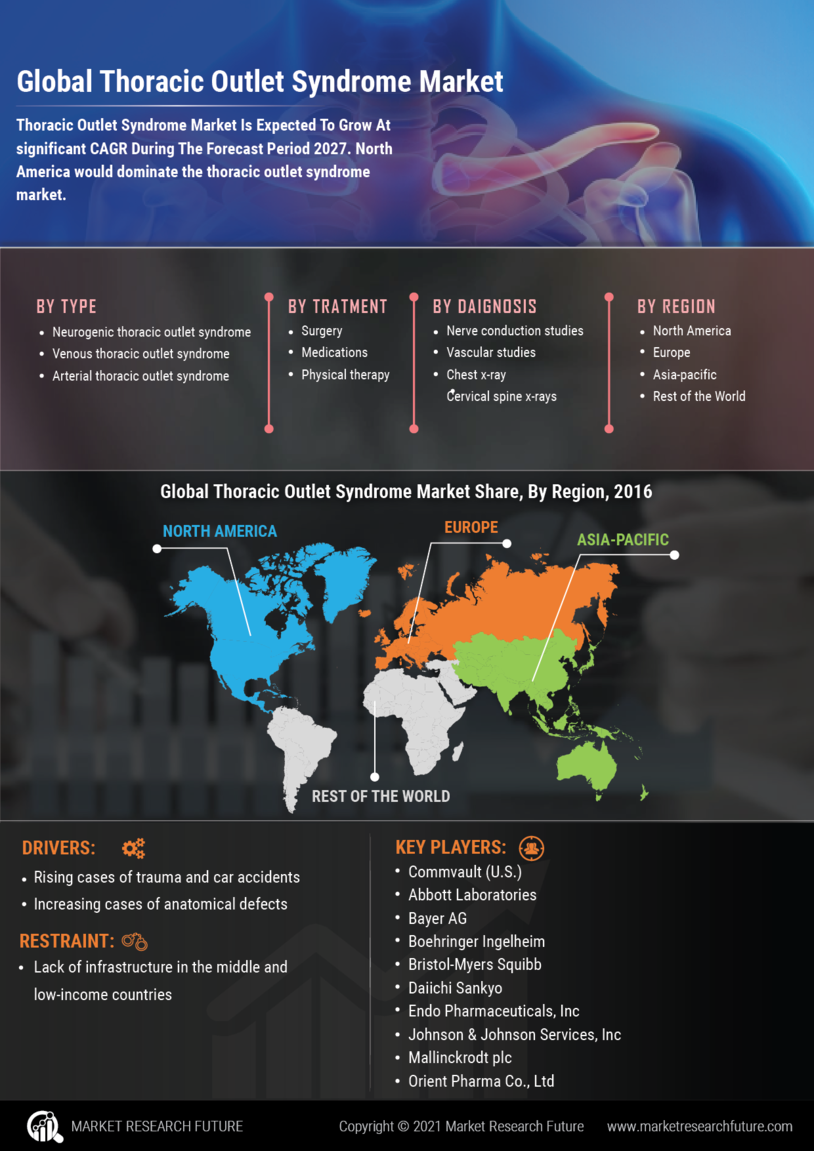

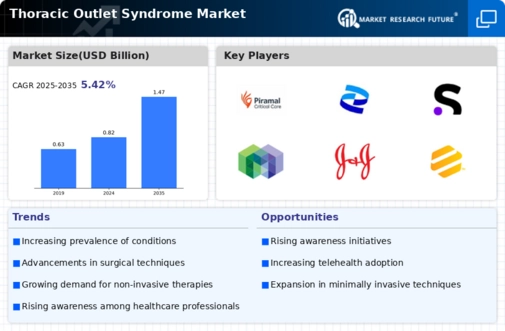
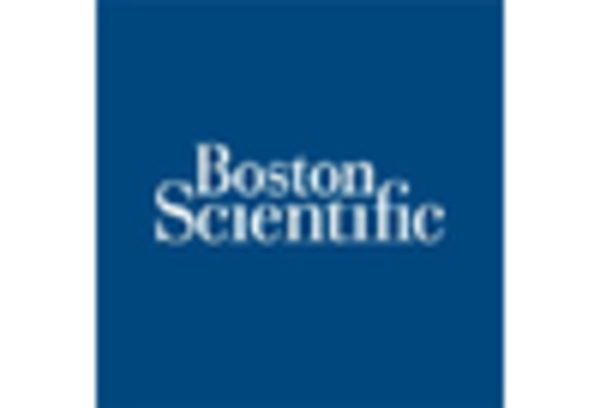
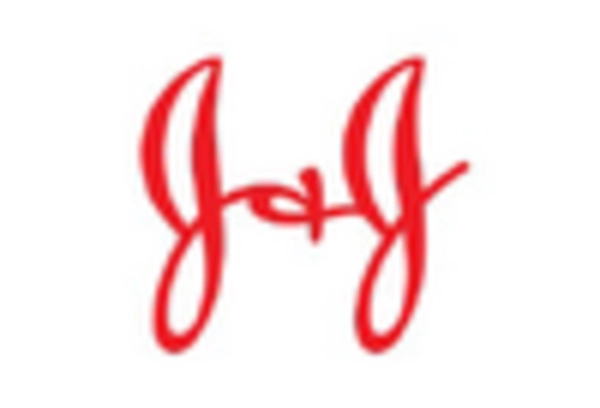

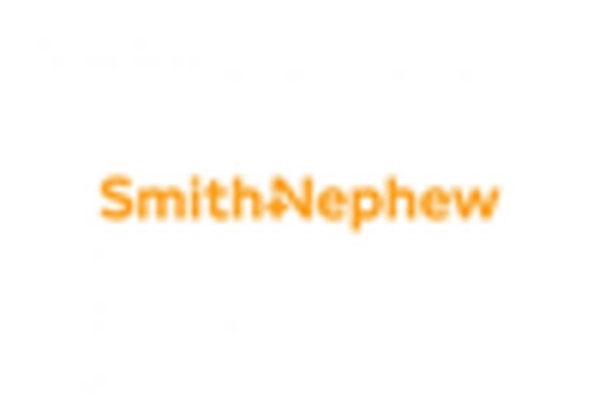
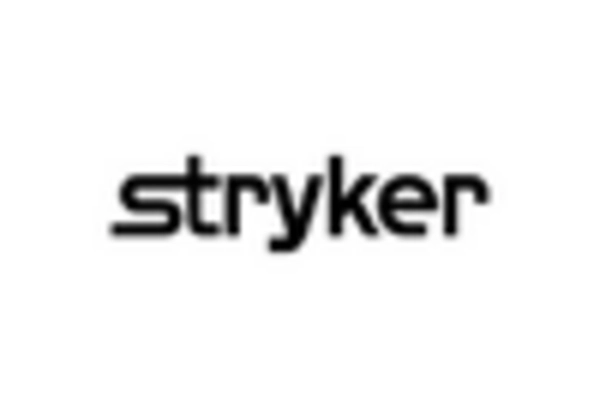
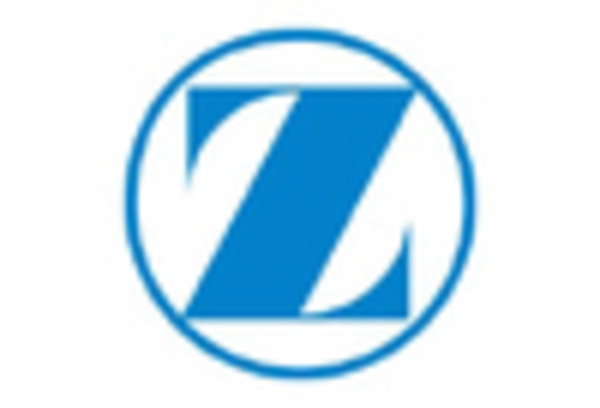








Leave a Comment